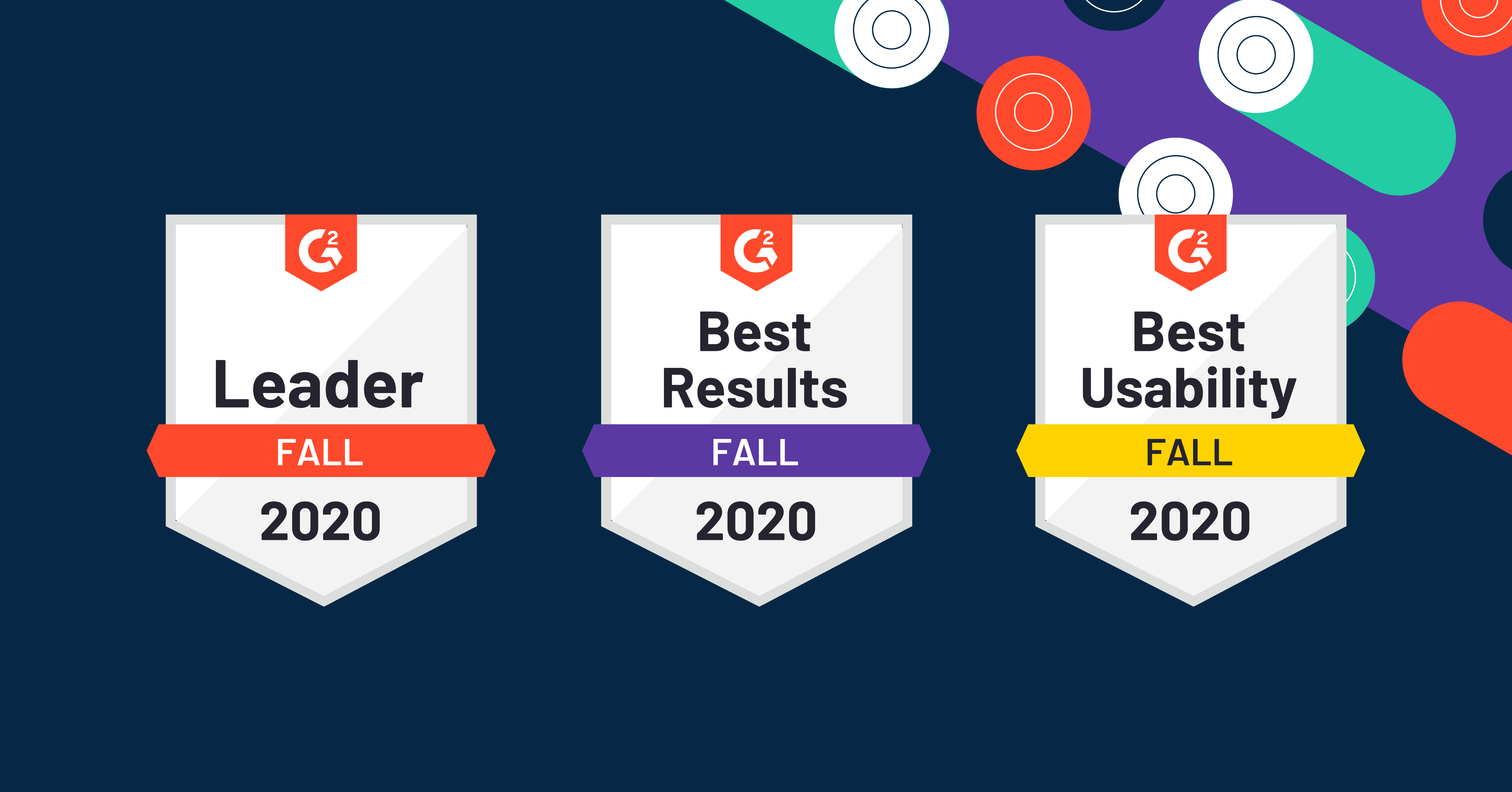Building a profitable project team is more than just finishing tasks on time. The goal is to make your firm highly profitable by delivering excellent service and keeping clients satisfied, ensuring they return for more projects. After all, 65% of a company’s business comes from existing customers.
Achieving this profitability requires meticulous planning, effective resource allocation, and strategic delegation. In this article, we’ll explore key strategies, from not wasting resources to ensuring your delivery team is capable of meeting demand and seizing opportunities, all aimed at maximizing project success and client satisfaction.

How to Ensure Your Project Team Stays Profitable
Creating a profitable project team requires smart resource management to assemble the right team to successfully complete each project within budget. In the following strategies, we’ll explore ways to make the project more profitable, use resources efficiently, and ensure client satisfaction, aiming for a successful and harmonious project team.
Practice Skills Matching
Building the most profitable project team starts with meticulous skills matching. This involves aligning employees with billable projects that not only fit their specific expertise but also optimize productivity. By regularly tracking skills, organizations can strategically place the right people on the right projects, enhancing the probability of successful project delivery. This strategic alignment not only optimizes team performance but also contributes to the overall efficiency and success of the project team, creating a symbiotic relationship between individual skills and project requirements. It’s also important to note that skills matching not only enhances job satisfaction but also boosts employee retention and reduces burnout. In the professional services industry, we all know employee burnout can derail revenue per employee, project profitability, and client satisfaction.
Assign Roles Based on Rates
Implementing a leverage ratio strategy can greatly enhance a project’s profitability by optimizing resource allocation. This method consists of assigning roles to team members based on their respective rates, strategically utilizing higher-cost resources where their expertise adds the most value. By doing so, organizations can maximize the impact of each team member while effectively managing costs to uphold profitability. This approach cultivates a culture of accountability and efficiency within the team, leading to improved project outcomes. Aligning roles with rates allows organizations to achieve better results while optimizing their financial performance.
Use PTO Tracking in Your Resource Management System
Understanding when employees are available is crucial for planning projects effectively. Having insight into their time-off schedules allows businesses to plan for both current capacity and potential disruptions. When choosing a resource management system (we’ll talk more about this later on), it’s important to pick one with PTO tracking capabilities. This feature lets you see when employees are available, making it easier to assign tasks, adjust timelines, and handle unexpected absences. With PTO tracking integrated into the system, communication is streamlined, reducing the need for manual updates and minimizing errors. It also ensures that everyone has access to the latest information, keeping project plans accurate and reliable.
Build a Strong Framework
With a resilient framework in place, you should be able to handle any curveball that comes your way. This framework acts as a safety net, ensuring project timelines stay on course and resources are well-utilized, even when faced with unforeseen disruptions. Resource management software plays a pivotal role in this framework, providing insights into resource availability and facilitating quick adjustments as needed. With this framework in place, organizations can confidently tackle any challenges that come their way, ensuring projects remain on track and clients receive top-notch service without compromising profitability.
Forecast for the Future
Effective capacity planning is essential for optimizing project resource allocation and ensuring project success. It involves strategically assessing and allocating resources based on historical data and forecasting future demand. By analyzing past project performance and considering factors such as time off, employee availability, and upcoming project requirements, capacity planning enables teams to make informed staffing decisions. This proactive approach prevents resource bottlenecks, maximizes team efficiency, and minimizes risks associated with inadequate resources or unforeseen events. By leveraging historical data to anticipate future needs, capacity planning creates a roadmap for resource allocation, ensuring projects are executed smoothly within defined timelines and budget constraints.

Model Different Profitable Scenarios with Soft Scheduling
Employing soft scheduling techniques can be instrumental in modeling different profitable scenarios for a project. This approach involves creating flexible schedules that allow for the exploration of different resource allocations and timelines. By adjusting variables such as project timelines, resource availability, and budget constraints, organizations can simulate multiple scenarios to identify the most profitable options. Soft scheduling enables teams to anticipate potential challenges and optimize resource utilization without committing to rigid plans. This proactive approach not only enhances decision-making but also empowers organizations to adapt swiftly to changing circumstances while maintaining profitability.
Invest in Resource Management Software
Unlike spreadsheets and homegrown tools that create silos, resource management software consolidates all information on a single platform. This consolidation empowers resource managers to allocate the right resources to projects for timely and cost-effective delivery. By providing real-time data and streamlining processes, resource management software becomes a crucial asset for profitable projects, enhancing overall success through efficient resource allocation and collaborative project management.
9 Ways Resource Management Software Keeps Project Teams Profitable
The benefits of resource management run deep for professional services organizations. Here are 9 of the many ways in which resource management software contributes to the profitability of project teams:
1. Optimized Resource Allocation
Ensures that team members with the right skills are assigned to specific tasks, preventing overallocation or underutilization and maximizing overall productivity.
2. Real-time Visibility
Offers instant insights into resource availability and workloads, empowering resource managers to make timely decisions and adapt to changes swiftly, minimizing downtime.
3. Forecasting and Planning
Facilitates accurate forecasting of resource needs based on project requirements and allows for proactive adjustments to maintain profitability.
4. Cost Management
Tracks resource costs and expenses, assisting teams in staying within budget constraints and providing a comprehensive view of financial implications related to resources.
5. Optimized Task Scheduling
Assists in creating realistic project timelines by considering resource availability and constraints, optimizing task schedules for efficiency.
6. Collaboration and Communication
Enhances communication and collaboration among team members by centralizing resource information, minimizing misunderstandings and conflicts.
7. Risk Mitigation
Identifies risks related to resource availability, helping plan for unexpected events and minimizing their impact.
8. Data-Driven Decision-Making
Provides data and analytics for informed decision-making regarding resource allocation and project timelines, enabling continuous improvement based on past project experiences.
9. Scalability
Adapts to changes in project scope, scale, or team size by offering a flexible framework for resource management, ensuring scalability with project or organizational growth.

Frequently Asked Questions About Project Teams
What is a project team?
A project team is a group of individuals assembled to work collaboratively on a specific task or goal within a defined timeframe.
Who is on the project team?
The project team typically includes individuals with diverse skills and roles, such as project managers, specialists, and stakeholders, who contribute to achieving the project objectives.
Who is the main person in a project?
The main person in a project is often the project manager, responsible for planning, execution, and overall project success.
How do you create a profitable project team?
To create a profitable project team, assemble a well-balanced and skilled group of individuals, establish clear objectives and timelines, implement efficient resource management, foster open communication and strong leadership, prioritize risk management, and regularly assess performance against key metrics, adapting strategies as needed to ensure both financial success and project achievement.
What is the major indicator of project profitability?
The major indicator of project profitability is the return on investment (ROI), which assesses the financial gain relative to the project’s cost and is a key measure of overall project success.




